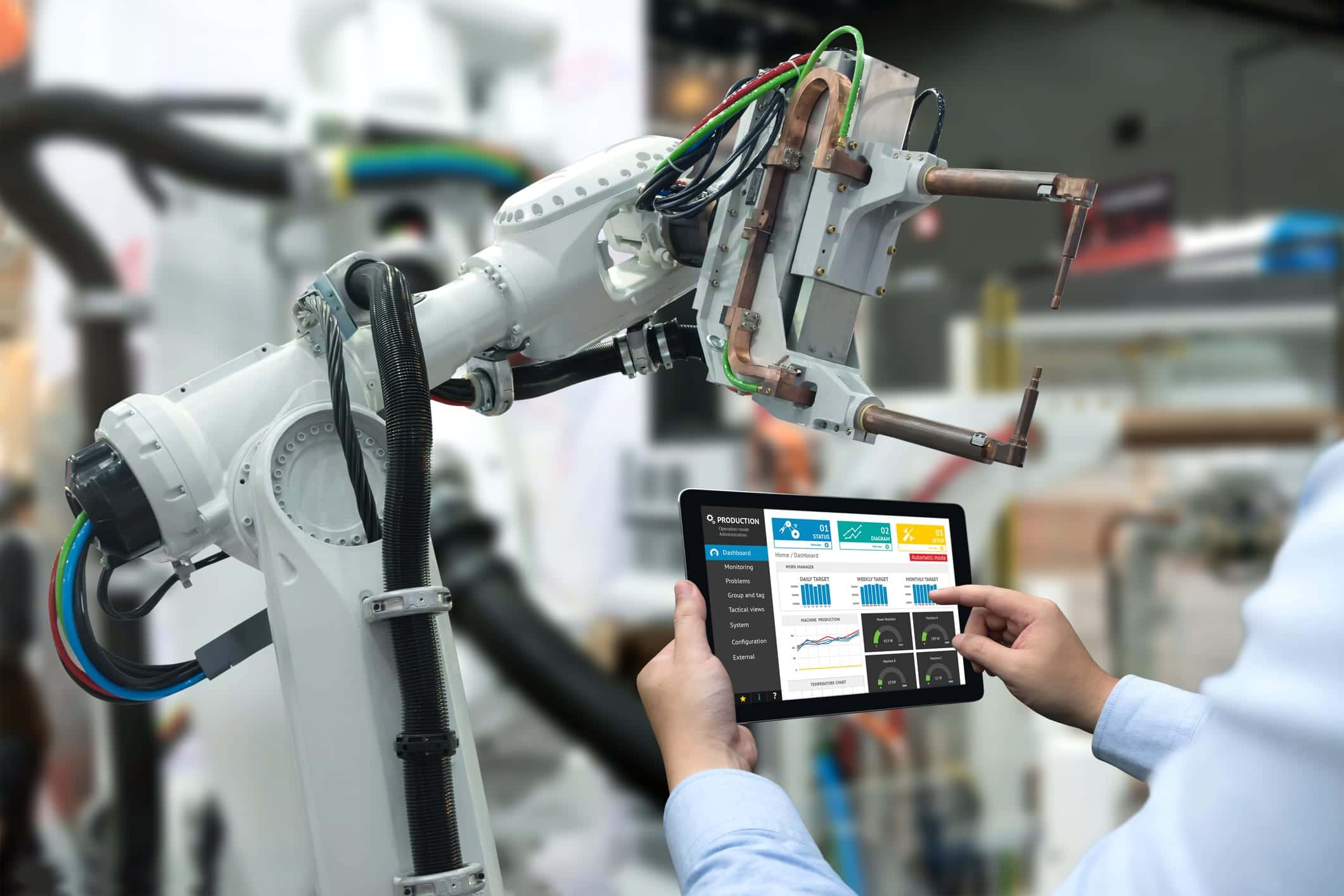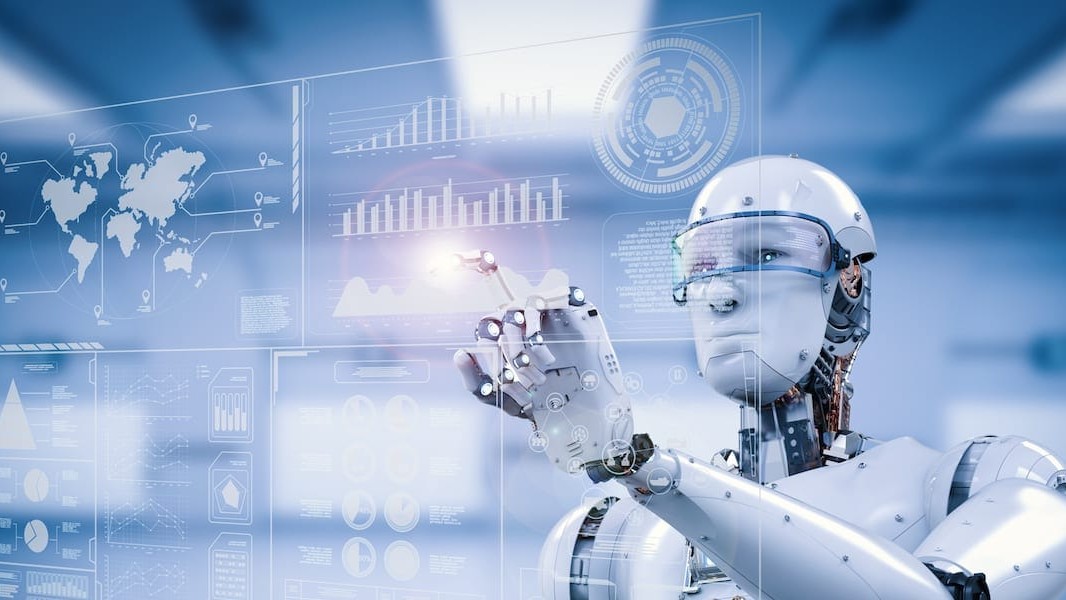Manufacturing is big business: In the U.S. alone it accounts for 8.5% of all employment, nearly 12% of GDP and half of all U.S. exports. But it used to be even bigger, once accounting for over 24% of U.S. GDP.
The world has changed, and so has manufacturing. As the overall quality of life has risen in America, so has the cost to turn raw materials into products. The on-demand economy of Netflix, Amazon and Lyft has created an expectation from consumers of personalization and flexibility — something that has traditionally been very difficult in the manufacturing industry.
We’re in the midst of a dramatic shift in the world of manufacturing, and perhaps more than in any other industry, artificial intelligence is poised to play a critical role. AI offers the allure of reduced costs with added flexibility, both key ingredients to meeting a changing and growing consumer demand for personalization and instant gratification.
Here are three of the key ways AI is changing manufacturing and ushering it into the next industrial age:
Intelligent and predictive data analytics
Whether tracking energy costs, providing real-time inventory management or intelligently understanding market trends on the fly, AI promises to ease the overwhelming burden of data analysis.
Predicting supply and demand is one of the most difficult challenges for any manufacturer, big or small. It’s a tedious process that requires culling massive amounts of market and internal data, as well as a fair amount of gazing into the proverbial crystal ball.
AI can sift through the data, spot trends and recommend strategies based on what it finds. Not only can humans focus on more pressing matters, but manufacturers will become much better at managing supply and demand, even adjusting pricing in real-time.
Some companies are already utilizing predictive analytics to reduce energy costs, which can account for up to 45% of overall production costs. Siemens uses intelligent data to maximize the operation of its wind turbines. The software autonomously adjusts the position of turbine rotors as wind direction changes, increasing energy yield.
AI will not only make the task of data analysis much easier for humans, it will give them a predictive tool that has far-reaching implications with the potential to be applied in almost any manufacturing category.
Flexibility and personalization
It may not be in the form you always imagined, but when you begin to type a search query into Google and it provides suggestions, that’s an early form of artificial intelligence at work.
Google uses a broad spectrum of data, from trending search terms, to your own past searches to contextually making sense of the language you’re using, all to provide the most relevant, personalized search results.
Netflix and Amazon are trying to do the same thing, albeit with different products. Ultimately, it’s about learning: figuring out who you are as a consumer and serving up the right content based on your unique tastes and nuances.
In manufacturing, this kind of flexibility is practically impossible. While robots have been utilized for some time in production lines, they are generally focused on a single task and require hours to reprogram. If a customer loves your product, but they are only willing to pay for it if you can make it green, it’s currently untenable to reprogram the assembly line.
With AI software installed, the robot either already knows what to do when an unusual order comes in, or can easily learn it. The order can go straight to the assembly line, no need for reprogramming, no need for additional research or back and forth with the customer, just a product ready to ship.
Smart software can also begin to learn about your customers, predicting the size of orders, product preferences and more. The customer feels valued and unique, even when humans aren’t involved.
Quality control
Suggested Reading:
One of the toughest challenges for manufacturers is the problem of variable quality. No matter how stringent the quality assurance program you have in place is, minutia such as a speck of dust or a loose bolt will cause differences in quality that are very difficult to detect in the production line. It may not be until products are returned that you ever find out there’s an issue, and tracking it down becomes a tedious and costly process.
Artificial intelligence will be able to utilize superhuman-like tools to alleviate many of the current challenges with quality control. Sensors placed throughout machinery will be able to detect when maintenance is required well before a human might. Machine vision will utilize powerful cameras to catch microscopic differences in the production of highly sophisticated hardware, like microchips.
AI will also be able to utilize its predictive analytics capabilities to spot irregularities and flag potential problem areas, alerting humans who have now been freed up to focus on other important tasks.
The same tools that will enable flexibility in manufacturing will also allow for a new level of consistency, one that has never been possible before. This will serve to greatly reduce costs and even the playing field, in terms of quality, between local businesses and large-scale manufacturing plants.
AI is already disrupting manufacturing, and in the next one or two years we may see the tipping point from disruption to widespread adoption. According to recent research, 70% of enterprises expect to implement some form of AI in the next 12 months.
So far none of the applications involve Haley Joel Osment or Arnold Schwarzenegger, but we have our fingers crossed.


